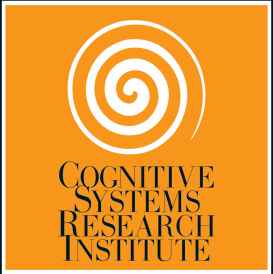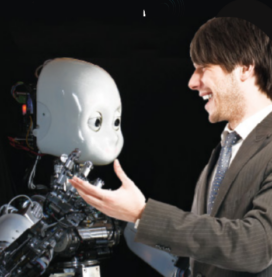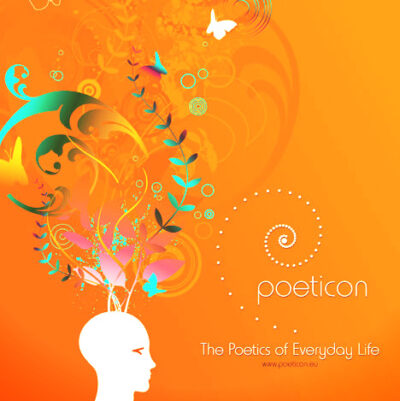LANGUAGE & ROBOTS Lab
The Cognitive View of Intelligence
Welcome to our Language and Robots Lab! Here, Language is explored from within its natural environment, that of Embodied and Enactive Interaction. Robots are developed with a human-centric perspective, to assist, interact and contribute to a better world. We embrace the new Generative AI era that has just started, searching though for cognitive ways to make it better. We believe that the embodied cognition approach can provide a real breakthrough for achieving Artificial General Intelligence; thus, we focus on multimodal, multisensory cognition and the fundamental role of Natural Language. Join us in this trip for research and development that integrates Language, Perception and Action taking into consideration how the human brain works. Let’s build together the next generation of intelligent agents that can engage into verbal interaction with humans and correlate what they perceive, do and say/hear!
Research highlights
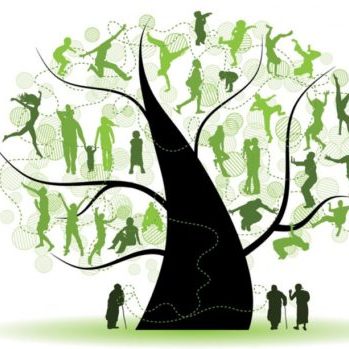
The Minimalist Grammar of Action. A formal specification of the structure of action, which employs the Chomskyan generative transformation grammar paradigm and is corroborated by neurobiological evidence. A minimal set of production rules in the sensorimotor domain in which the tool and affected object complements of an action have a primary role can be employed to produce any -and only feasible- goal-directed action. Recursion, merge and move apply not only in human language, but in human action too.

The PRAXICON Semantic Memory. A dynamic, recursive and referential semantic network with biological basis. Nodes in the PRAXICON may have a physical or abstract reference pertaining to entities, movements and features with multiple representations (symbolic, perceptual, motoric). It’s an embodied knowledge graph; associations are simple or recursive in nature and pertain to a finite set of pragmatic relation types. Stay tuned for the full release of the network (5K concepts, 15K associations, in English, Greek & French)!

The COSMOROE Cross Modal Relations. A Framework for modeling the semantic interplay between different means of expression, when formulating multimodal messages. Verbal and perceptual representations of objects, agents, movements, gestures, events, and abstract concepts engage into a semantic interplay that ranges from simple one-to-one equivalence relations to forced equivalence (metonymic and metaphoric cases), contradiction, and complementarity.
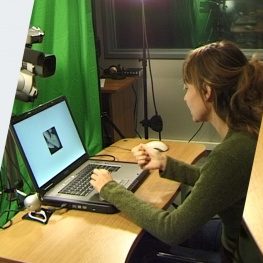
The Poeticon Lithic Tools Multimodal Object Affordances. A Nature-published, large scale dataset on object affordances which resulted from a series of naturalistic cognitive experiments. Lithic tools as stimuli and a thinking aloud method elicited 95 hours of spontaneous speech from 120 participants comprising semantic information on object features, affordances and related arguments (justification, analogies etc.), as well as a rich set of pantomimes, gestures & exploratory acts.
snapshots in time
Language & Cognitive Robotics
Postgraduate Course
(2021-ongoing)
MSc in Language Technology offered by National Technical University of Athens & Athena R.C.
POETICON
The Poetics of Everyday Life
(2008-2011)
Research & Development Project funded by the European Commission
poeticon++
Robots Need Language
(2012-2016)
Research & Development Project funded by the European Commission
